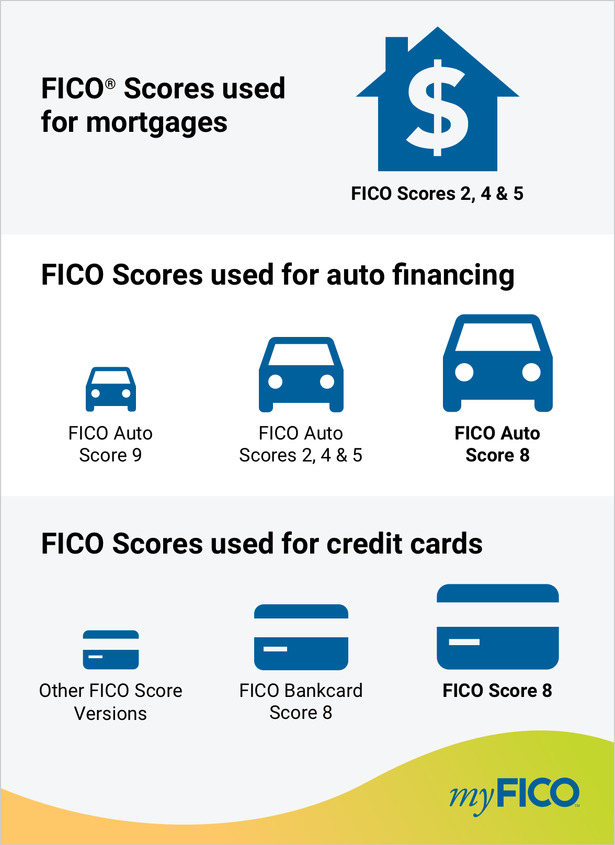
There are some differences in the two models but your credit score is likely to remain high. Also, poor scores will not go away. Each credit scoring model has a different way of calculating your score. They all aim to predict credit risk. This will affect your credit score.
New credit scoring model
The new FICO 10 credit scoring model will be available to all three credit reporting agencies by the end of 2020. It is expected to improve the credit scores of 40 million consumers, while lowering the scores of an additional 110 million consumers. The system uses trended data in order to predict default risk. A consumer with a history of good payments and a low amount of debt will generally score higher on FICO than one with a high level.
FICO 10, the new scoring model, uses a multidimensional approach to credit scoring. It contains trend data regarding revolving balances and minimum payments, as well the amount that has been paid towards any outstanding balances. This data allows FICO to identify consumers who make timely payments. This approach reduces the impact on a single event. This means that only one payment to pay for a vacation is not likely to have an impact on your score. A series of late payments or high interest debts will have a larger impact.

Modifications to older models
Recent releases of the FICO10 credit score model offer a number changes to credit scoring. The new model uses new algorithms and data to calculate credit score. The average score increase for almost 40 million consumers will be 20 points. These changes are designed to reduce credit scores disparities among consumers with different credit histories.
One modification to the scoring model is the inclusion of trended information, which displays credit card or debt balances in the last 24 months. This information rewards responsible usage of credit cards while penalizing those who are late on payments. This information also penalizes anyone with multiple credit cards or a high credit utilization rate.
Non-traditional credit: Impact
FICO 10T, a new scoring algorithm, uses more recent data than FICO10Basic. This data is more accurate than the basic FICO10 score and helps predict a borrower’s credit risk. A basic FICO score only looks at a snapshot of a consumer's credit report at one point in time. Trended data is especially useful for the credit utilization portion of the score. Before, credit scores looked at only the past seven to 10 years of payment history. That means a rising balance will hurt a borrower's score.
The new model averages the peaks and valleys of credit accounts, taking into account their usage rates. This means that a 20 point decrease in one account could have an impact on millions of consumers' credit scores. Luckily, for renters who don't own their own home, they can rely on the landlord's credit data to determine whether or not they can borrow money.

UltraFICO(tm), scoring changes
Fair Isaac Corporation created UltraFICO, a credit scoring system. Consumers with poor credit histories and credit problems are particularly affected by the score. For consumers with recent financial distress and limited credit history, the new scoring system will increase scores by more 20 points.
The new scoring system relies on more data that the FICO credit score. It also includes cash flow data from consumers' bank accounts. While these data might not give a good indication of a consumer's creditworthiness or creditworthiness, UltraFICO can help increase credit access for everyone.